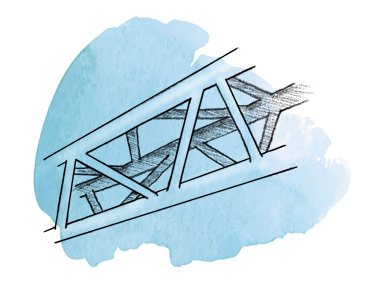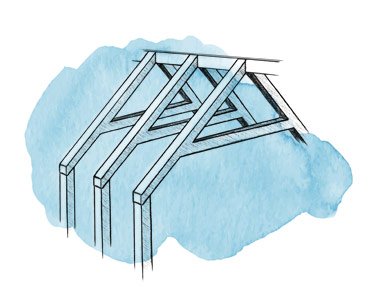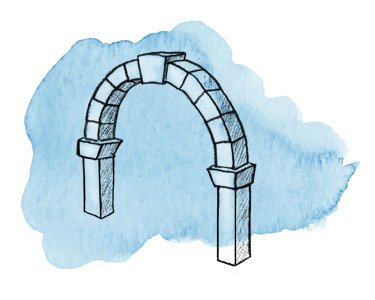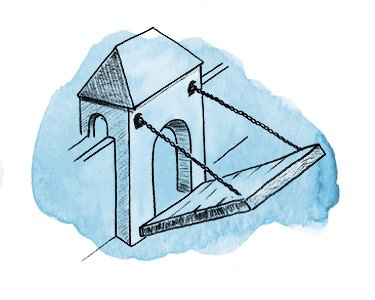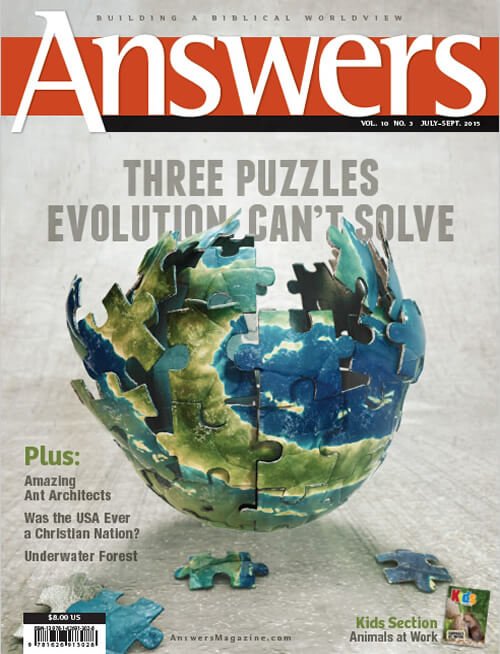Walking Cathedrals
Design in Nature
You don’t have to travel to Paris to see one of the world’s greatest cathedrals. If you look carefully, one may be walking around in your own backyard.
Admit it. Your eyes glaze over when Aunt Marge drones on about her collection of salt and pepper shakers, or when geeky experts wax eloquent about their lifelong obsession, whether toy trains, stamps, quilts, airplanes, or racecars. I’m admittedly a geek about reptiles, with a deep fascination since childhood. In fact, for my PhD I studied Eastern box turtles for four years. But before you thumb past this article extoling the architecture of turtle shells—I promise you it’s more than an oddball obsession.
Even folks who generally dislike reptiles don’t hold the same prejudice about turtles. They even stop to watch when a turtle crosses their path in the great outdoors. What is it about turtles that’s so intriguing? I’ll venture a guess. They capture our attention because turtles are either walking tanks or armored streamlined submersibles.
Unlike most reptiles, which escape danger by hiding or running, turtles carry around a protective shield and home all rolled into one. No other vertebrate does anything quite like this. A portable home requires special architectural designs—not just on the inside but for the whole body plan.
I prefer to think of turtles as walking cathedrals, temples that honor the Creator’s architectural skill, built long before Christopher Wren ever conceived of St. Paul’s Cathedral in London.
Light But Strong
The first challenge in building a walking cathedral is to be light and strong. What good is a sturdy roof if it’s too heavy to haul around? Turtle shells are made of special bones called osteoderms, which grow within and are a part of their skin (a marvel all by itself). To maximize strength and minimize weight, the shells are made out of a type of bone that has many open spaces in it (called spongy bone) sandwiched between two thin layers of dense, compact bone.
Man-made domes lack solid material between the ceiling and roof, too, because the weight would put too much strain on the overall structure. Instead they have internal trusses (braces in the shape of triangles) to minimize weight and maximize strength. The spongy bone within a turtle shell is similar to having a system of trusses.
This design is not only light and strong; it’s also economical for architects and turtles. Why add the expense of extra building materials when the roof can be just as strong using a fraction of the material?
Load-Bearing Keystones
Thousands of years before the Romans mastered the art of using keystones to bear the weight of arches, God made special bones (called neural bones) to perform a similar role in the turtle’s upper shell (carapace). These bones brace the shell walls. As a result the turtle’s shell can handle tremendous pressure—like a cow’s stomping hoof—without cracking.
Rafter Supports
The turtle’s ribs project at roughly right angles from the vertebrae, like rafters connected to the top beam of a house. However since the ribs are curved, the overall structure looks more like a special type of roof in cathedrals, called a rib vault (whereas typical homes have straight triangular roofs).
Rigid Yet Flexible Seams
These mobile homes have some extra designs you won’t find in cathedrals, which give them flexibility similar to modern earthquake-proof buildings. The polygon-shaped bones (osteoderms) in turtle shells are fitted together like puzzle pieces. The seams between these bones, called sutures, function like joints in a sidewalk. When the soil shifts, the concrete cracks along the seams instead of through the middle of the squares. Some buildings in earthquake regions imitate this structural design, first found in turtles.
The pancake tortoise of sub-Sahara Africa wins the prize for the most flexible sutures among terrestrial turtles. It can squeeze into tight cracks in rocky outcrops (called kopjes) to escape predators like mongooses. Its shell is so pliable the tortoise can make it conform to almost any space available.
Internal Buttresses
Fancy cathedrals have external buttresses, called flying buttresses, which bear the weight of the roof from the outside of the building. This opens extra space inside since the building doesn’t need heavy interior columns to support the roof. While turtles do not have external buttresses, they have something similar: buttress-like thickenings on the internal walls that support the arched carapace.
Two-Way Drawbridge
You may not think of it as an architectural design, but box turtles also have a hinged drawbridge just like a castle drawbridge. This unique drawbridge has two openings (front and back), both regulated by the same hinge on the bottom shell (the plastron). When closed, the doors fit so snuggly together that the seam is much tighter than those of a top-of-the-line car door.
Whether you’re a layperson who’s never studied reptiles or cathedrals, or a well-trained architect or structural engineer, turtle shell designs inspire endless fascination and amazement. I have only scratched the surface—the intricacies of divine turtle design continue right down to the microscopic level. There are over three hundred different turtle species, and each one has different nuances of design adaptation. You don’t have to be a geek to appreciate the obvious handiwork of the Creator, though geeks come in handy if somebody needs to write about it.
Answers Magazine
July–September 2015
This issue focuses on five powerful evidences that confirm creation and leave unbelievers without excuse.
Browse Issue SubscribeRecommended Resources

Answers in Genesis is an apologetics ministry, dedicated to helping Christians defend their faith and proclaim the good news of Jesus Christ.
- Customer Service 800.778.3390
- © 2024 Answers in Genesis



